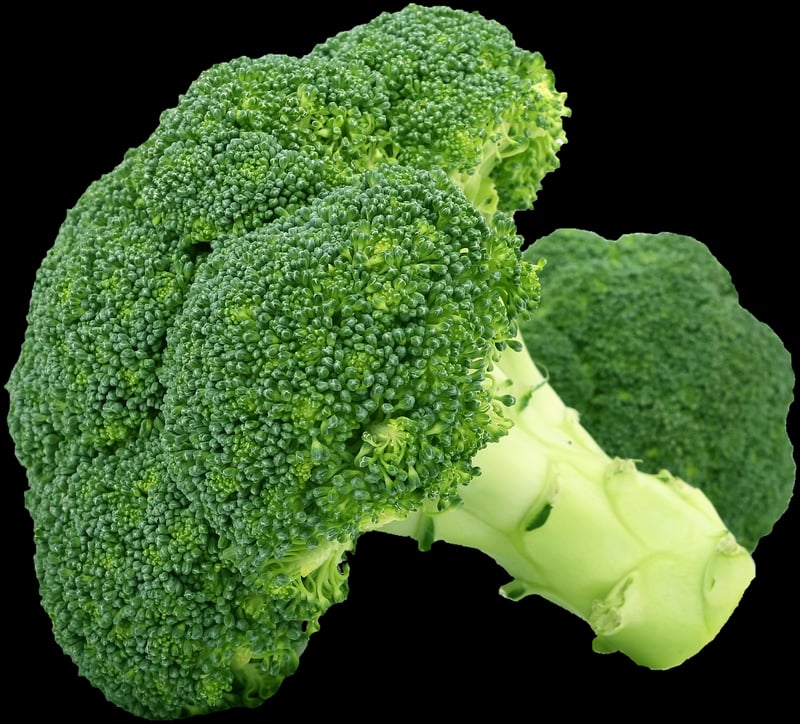Meal Planning
Guidance for a Balanced Diet and Meal Planning
Introduction
Ensuring you have a balanced diet is essential for overall health and well-being. By incorporating a variety of nutrients into your meals, you can support your body's functions and maintain a healthy weight. Meal planning plays a crucial role in achieving this balance, helping you make nutritious choices and avoid unhealthy options.
Key Components of a Balanced Diet
A balanced diet consists of:
- Fruits and Vegetables: Rich in vitamins, minerals, and fiber.
- Proteins: Sources include lean meats, poultry, fish, legumes, and nuts.
- Whole Grains: Provide energy and essential nutrients.
- Dairy or Dairy Alternatives: Calcium-rich foods for bone health.
- Healthy Fats: Found in nuts, seeds, avocados, and olive oil.
Meal Planning Tips
Effective meal planning can help you stay on track with your balanced diet. Here are some tips to consider:
- Plan Ahead: Schedule time for meal prep and create a weekly menu.
- Include Variety: Incorporate different food groups and colors into your meals.
- Control Portions: Be mindful of serving sizes to avoid overeating.
- Stay Hydrated: Drink an adequate amount of water throughout the day.
- Avoid Processed Foods: Opt for whole, natural ingredients whenever possible.
Sample Meal Plan
Here's an example of a balanced meal plan for a day:
- Breakfast: Greek yogurt with berries and granola.
- Lunch: Grilled chicken salad with mixed greens and vinaigrette.
- Snack: Carrot sticks with hummus.
- Dinner: Baked salmon with quinoa and roasted vegetables.
Conclusion
By following these guidelines for a balanced diet and incorporating meal planning into your routine, you can improve your overall health and well-being. Remember to listen to your body's hunger and fullness cues, and make adjustments as needed to meet your individual nutritional needs.
Images source: Pixabay

